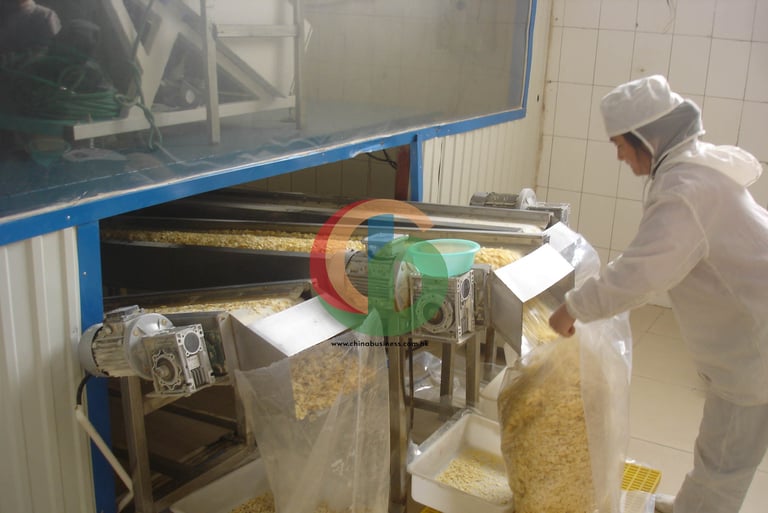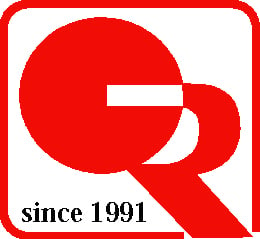Peanut Protein in Dehydrated Garlic: Navigating Allergen Risks and Testing Nuances
In an era of heightened allergen awareness and rigorous food safety standards, managing unintended cross-contact is paramount for manufacturers of dehydrated garlic. Peanut protein, as one of the most potent food allergens, represents a critical challenge. Even trace levels can provoke adverse reactions and trigger costly recalls, making strict quality control and regulatory compliance essential.
PRODUCT FACTSHEETGARLICQUALITY CONTROLFOOD SAFETYREGULATIONSSTANDARDS
3/19/20253 min read


Regulatory Expectations Across Major Markets
While the regulatory frameworks in the European Union, United States, Australia, Japan, and Israel may differ in approach, they all share a common goal: to protect consumers by requiring clear labeling of allergenic ingredients and minimizing inadvertent cross-contact. In practice, manufacturers are expected to reduce peanut protein contamination to trace levels—typically below 1–10 parts per million (ppm).
Even minute amounts, as detected by sensitive methods, mandate declaration under food allergen regulations in some markets.
Japan is said to set a clear trigger, where peanut protein exceeding 10 ppm must be labeled, prompting manufacturers to maintain levels well below that threshold.
Regardless of the specific numerical target, the underlying mandate is consistent: employ state-of-the-art cleaning, processing, and testing protocols to ensure that any unintended presence of peanut protein is minimized and transparently managed.
Why Testing May Differ: Garlic Powder versus Garlic Flakes
An intriguing observation in quality testing is that garlic powder, produced by milling garlic flakes, sometimes shows detectable levels of peanut protein while the original flakes test negative. This discrepancy may arise from matrix effects induced by the milling process. Grinding garlic into a fine powder increases its surface area and homogenizes the product, effectively releasing any trace amounts of peanut protein that may have been present. The extraction methods used in immunoassays—such as ELISA—are more efficient with a powder matrix, leading to higher apparent concentrations. In contrast, the structure of garlic flakes may limit the release of bound allergens during extraction, resulting in undetectable levels even if minimal cross-contact occurred.
Peanut and Peanut Protein
The Elissa test method for peanuts is generally designed to detect and semi-quantify whole peanut residues in food matrices, focusing on broader antigenic determinants present in the nut, whereas the Elissa test method for peanut protein specifically targets the allergenic protein components (such as Ara h 1, Ara h 2, and Ara h 3) using antibodies optimized for these epitopes. This distinction is critical because extraction protocols and calibration curves differ: the peanut method might rely on milder extraction conditions that variably release protein from a complex matrix, potentially underestimating low-level contamination, while the peanut protein method employs a more rigorous extraction to ensure sensitive and reproducible quantification of protein residues. Consequently, samples analyzed as finely milled powders may show higher levels of peanut protein than the corresponding intact flakes due to enhanced extraction efficiency in the powdered matrix.
Final Thoughts
For food safety and quality assurance professionals, the management of peanut protein in dehydrated garlic is a multifaceted challenge. Meeting the converging regulatory demands across major markets means continually refining processing and cleaning protocols to target ultra-low contamination levels (typically <1–10 ppm). At the same time, understanding the nuances of analytical testing—such as differences stemming from product form—is critical for interpreting results and ensuring consumer safety.
Staying abreast of evolving regulatory standards and investing in the latest analytical methods will safeguard product quality and protect sensitive consumers in an increasingly competitive market.
By integrating best practices and thorough testing protocols, manufacturers can confidently navigate allergen risks while upholding the integrity of their products.
Our partner factory in Shandong uses Modern Heat-based dehydration methods using the most modern available equipments sourcing fresh garlic from captive and nearby farms. Tight control is maintained over quality, safety and security throughout the process, including Peanut Protein.
Welcome White Label / OEM inquiries with full customization, control over Quality/Safety, and ensuring excellence in processing, packaging, and exporting of products
Additionally, we also take care of peanut protein and other allergens, sulphites, pesticide residues, heavy metals, micros and more. Available in various sizes, colors, thickness, roasted, raw etc. Contact us with your sample or exact organoleptic description for a quote (along with full physical, chemical and microbiological specifications) to match your requirements.
More details and specifications of Dehydrated Garlic can also be found here.


Tel: +852 25172316
© 2024. All rights reserved. All information on this site is without any contractual, financial or otherwise any other liability. For binding information, please contact us and include your concerns / requirements in enquiry, quotation, contract and shipping documents.
5/Fl. Qualipak Tower, 122 Connaught Road West
Hong Kong.
China Business Ltd. T/A Orient Resources Company


Fax: +852 25178741
